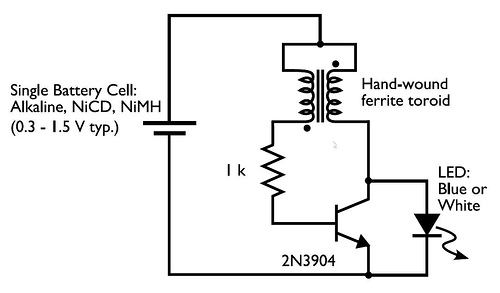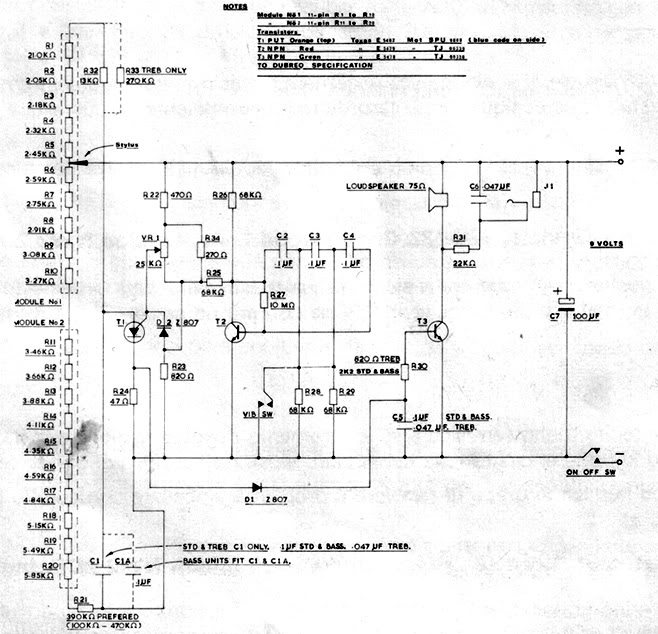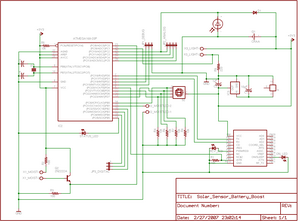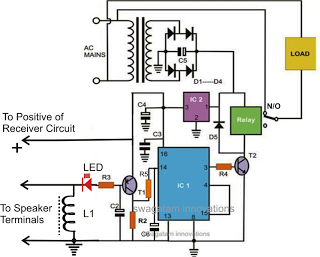
Thermal imaging sensor from 16x16 pixel array
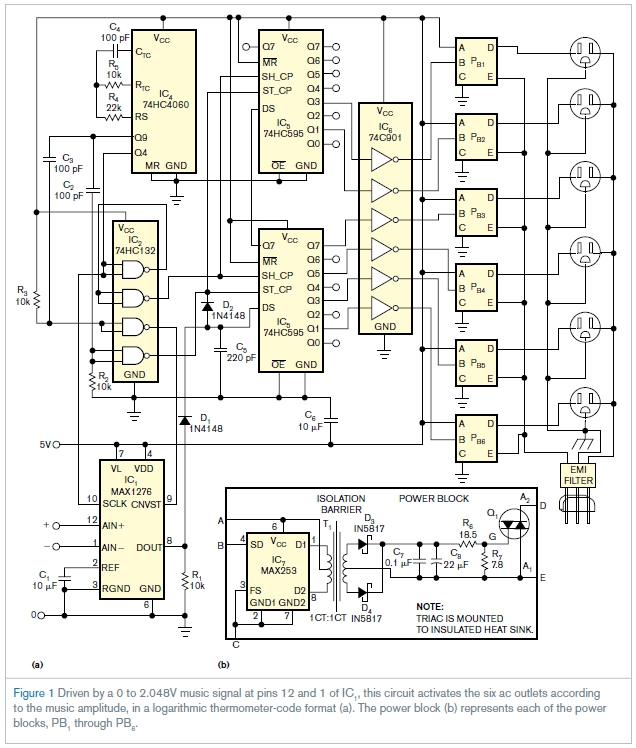
Irisys offers a selection of five thermal imaging temperature sensors that utilize a 16G—16 pixel array, providing various options for temperature range, accuracy, and measurement angle. The IRI 1041, IRI 1051, and IRI 1061 models are identical to the IRI 1011, IRI 1021, and IRI 1031 models, respectively, but feature a narrow angle 10-degree field of view (FOV) lens instead of the standard 20-degree FOV lens. This narrower field of view enables the sensor to be positioned twice as far from the object under test while still measuring the same area, or to maintain the same distance from the object under test while achieving double the resolution.
The Irisys thermal imaging temperature sensors are designed to meet diverse application requirements in various industries, including building diagnostics, process monitoring, and safety inspections. The 16G—16 pixel array technology enhances the sensors' ability to detect temperature variations with high accuracy, making them suitable for critical temperature measurement tasks.
The choice of temperature range allows users to select the appropriate sensor based on the specific needs of their application, whether it involves detecting hot spots in electrical equipment or monitoring temperature changes in building materials. The accuracy of these sensors ensures reliable data collection, which is essential for effective decision-making in industrial and commercial settings.
The integration of a 10-degree FOV lens in the IRI 1041, IRI 1051, and IRI 1061 models is particularly advantageous for applications requiring detailed analysis of smaller areas. This feature increases the effective resolution of the measurements, providing more precise data for temperature profiling. By allowing the sensor to be positioned further away from the target while maintaining measurement integrity, these models offer flexibility in installation and use, catering to various operational environments.
Overall, the Irisys thermal imaging temperature sensors represent a significant advancement in thermal measurement technology, combining high-resolution imaging capabilities with user-friendly features to enhance the efficiency and effectiveness of temperature monitoring tasks.Irisys is offering a range of five thermal imaging temperature sensors based on a 16G—16 pixel array offering a choice of temperature range, accuracy and measurement angle. The IRI 1041, IRI 1051 and IRI 1061 are respectively identical to the IRI 1011, IRI 1021 and IRI 1031, except for a narrow angle 10 degree FOV lens in place of the 20 degree FOV lens.
The narrower field of view allows the unit to be placed twice the distance from the object-under-test whilst measuring the same area, or to be placed the same distance from the object-under-test giving double the resolution. 🔗 External reference
The Irisys thermal imaging temperature sensors are designed to meet diverse application requirements in various industries, including building diagnostics, process monitoring, and safety inspections. The 16G—16 pixel array technology enhances the sensors' ability to detect temperature variations with high accuracy, making them suitable for critical temperature measurement tasks.
The choice of temperature range allows users to select the appropriate sensor based on the specific needs of their application, whether it involves detecting hot spots in electrical equipment or monitoring temperature changes in building materials. The accuracy of these sensors ensures reliable data collection, which is essential for effective decision-making in industrial and commercial settings.
The integration of a 10-degree FOV lens in the IRI 1041, IRI 1051, and IRI 1061 models is particularly advantageous for applications requiring detailed analysis of smaller areas. This feature increases the effective resolution of the measurements, providing more precise data for temperature profiling. By allowing the sensor to be positioned further away from the target while maintaining measurement integrity, these models offer flexibility in installation and use, catering to various operational environments.
Overall, the Irisys thermal imaging temperature sensors represent a significant advancement in thermal measurement technology, combining high-resolution imaging capabilities with user-friendly features to enhance the efficiency and effectiveness of temperature monitoring tasks.Irisys is offering a range of five thermal imaging temperature sensors based on a 16G—16 pixel array offering a choice of temperature range, accuracy and measurement angle. The IRI 1041, IRI 1051 and IRI 1061 are respectively identical to the IRI 1011, IRI 1021 and IRI 1031, except for a narrow angle 10 degree FOV lens in place of the 20 degree FOV lens.
The narrower field of view allows the unit to be placed twice the distance from the object-under-test whilst measuring the same area, or to be placed the same distance from the object-under-test giving double the resolution. 🔗 External reference
